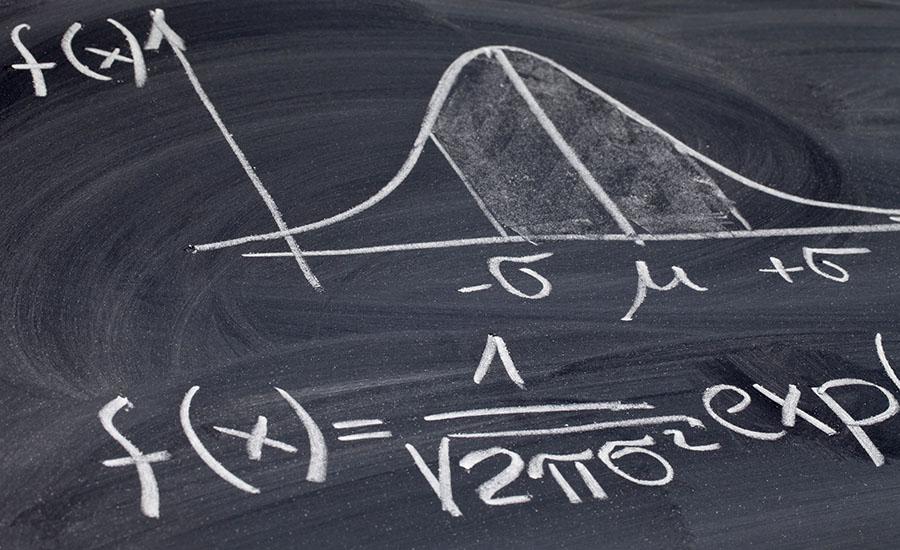
Modeling the Motion in the Ocean
In this lesson students will create a model to investigate how a location's temperature may change during an El Niño year. Students will construct landforms in a tray and then fill the tray with water. They will then use heat lamps, ice, and straws to create warm and cold currents. Students will use these currents to transfer energy from one side of the tray to another. Finally they will cover the tray and see how the currents affect the air's temperature. The goal is for students to come to the realization that winds move currents throughout the ocean and when those wind patterns change, the currents can bring colder or wamer water to a location that it does not usually travel to. This change will affect that location's temperature.
Lesson Grade Level
6th GradeLesson Plan Link/URL
https://docs.google.com/presentation/d/13udzdreHhV8BcVJBrZVFpyNjssYyO1jm/edit?u…Related Content

This lesson will explore aerodynamics, rocketry, and principles of space flights. Students will act as engineers. Their job is to research, plan, design, and build a water bottle rocket that will

This lesson will provide students with hands-on experience to design a roller coaster that will demonstrate transformation and conservation of mechanical energy. Students will learn the concept of

This lesson plan is the nitty-gritty principles of roller coaster. It can be taught and used for 4th grade and 5th grade students. The first part of the lesson is the discussion of the principles